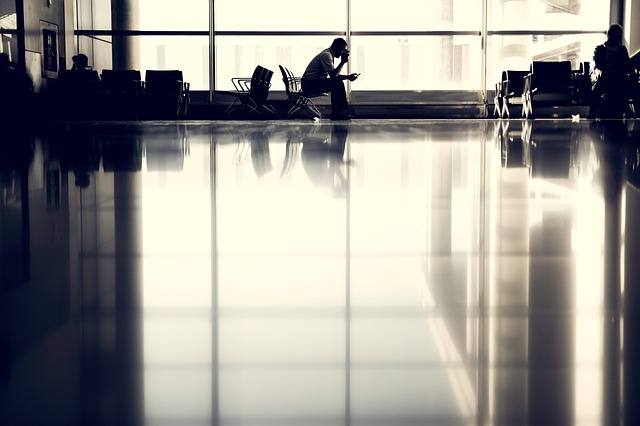There are plenty of lists online boasting brilliant travel hacks, and not that they’re not clever, but many of the lists talk about the same things. So what if you do a lot of these hacks – as we suspect many of you frequent travelers do – and still think, “there must be something else I can do to make traveling even easier”? We share your curiosity, so we put together a list of some lesser-known, boss level hacks.
1. Out-Smart Airport Wi-Fi Restrictions
These tricks have been known to be useful in some airports. Granted, airports are always updating their systems to account for them, but sooner or later, somebody will figure out how to get around the Wi-Fi restrictions.
- Boingo’s partner pages: Boingo is a global leader in enhancing wireless access. If an airport uses a Boingo hotspot, connect to the network and open your browser. Instead of clicking on “Get Online Now!”, click “The Good Stuff” off to the side. Then choose one of the free sites.
- Technitium MAC Address Changer for Windows and Linkliar or OS X: Airports’ Wi-Fi systems use Media Access Control addresses to keep track of how long you’ve been using the Wi-Fi. The address is specific to your computer or mobile device. These two applications for Windows and OS X will allow you to change your MAC address, so you can use the Wi-Fi connection longer.
2. TSA PreCheck and Global Entry
US Customs and Boarder Protection has an express lane for the pre-approved, eliminating the need for members to pass security measures such as removing one’s belt, shoes, socks, etc. TSA PreCheck for domestic flights costs $85, and Global Entry for those re-entering the country costs $100. The application process involves a bit of paperwork and an interview (convicted criminals need not apply).
3. Booking Flights – Quick Tips:
- Mix and match your flights. You could get cheaper prices and better departure/arrival times if you book two separate one-way flights.
- Foreign airlines typically have better amenities than US airlines – even for economy class.
- Clear your cookies and browser history to avoid price increases. This works better than incognito or private browsing.
4. Request an Upgrade
If you’re feeling lucky, request an upgrade when you book your flight. This will mark your ticket with a Y or B booking code indicating that you’re looking for an upgrade. If a seat in the next class up becomes available, you should get the upgrade. You’re chances improve if you’re a frequent flier who’s loyal to a particular airline.
5. Change Your Location When Price Shopping
Where you are when you purchase your ticket – in other words, the “point of sale” – can affect ticket prices. By faking your location, you can take advantage of regional pricing. Try looking for foreign versions of websites like Expedia, such as Expedia.co.jp – the Japanese version. You can also change the location settings on your browser so it looks like you’re living in Japan. This can get you cheaper prices on internal foreign flights. Just make sure to convert the prices, which will be in foreign currency, to US dollars before purchasing.
6. Get the Inside Scoop on Your Flights’ Seating Situation
Look for flights on Boeing 767s because they have fewer middle seats than other planes. Also, sites like seatguru.com will provide information about rows of seats that don’t recline, whether a seat is really close to the bathroom or engine, and where you might find an inch or two of extra leg room.
7. Get Some Down Time
Airport lounges often offer day passes. However, they can be on the expensive side. If you have a long layover and desperately need to relax or get some work done, the investment in a day pass or a Priority Pass (which has an annual fee, but gives you access to 700+ lounges worldwide) might be worth your sanity.
Here are Seven Ways to Score Airport Lounge Access from independenttraveler.com.

